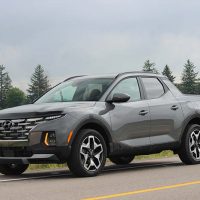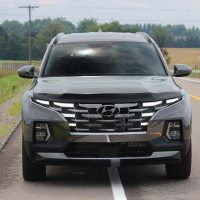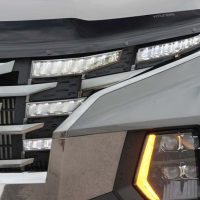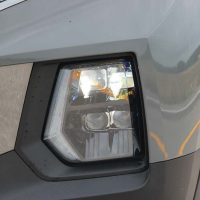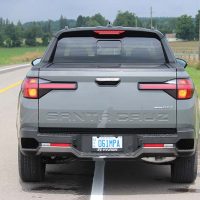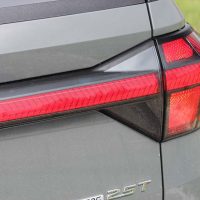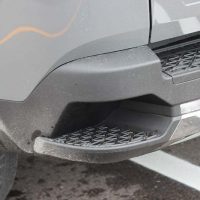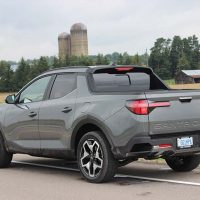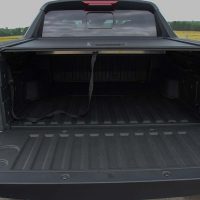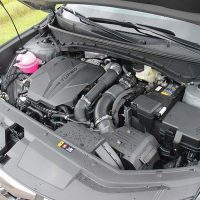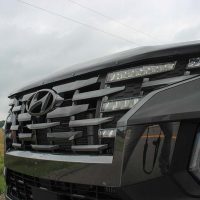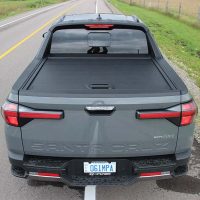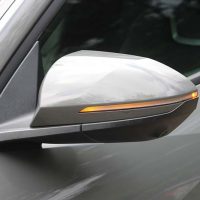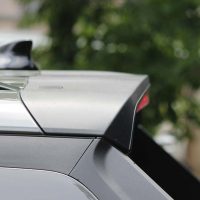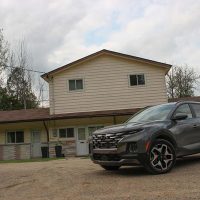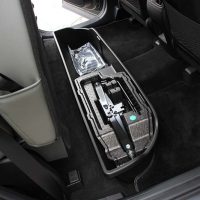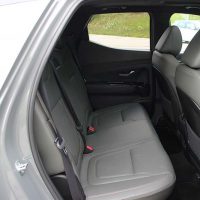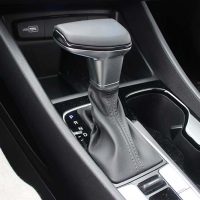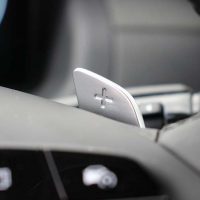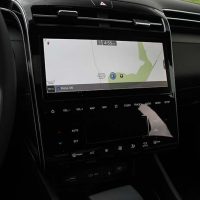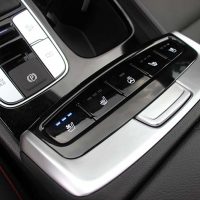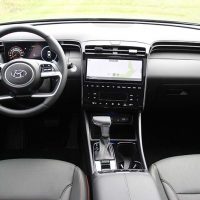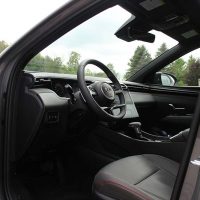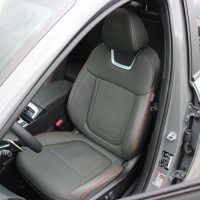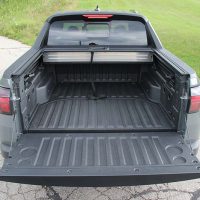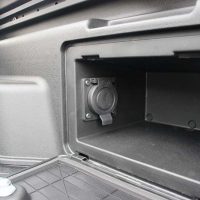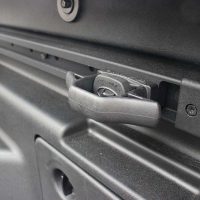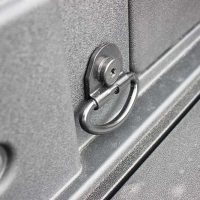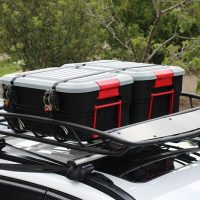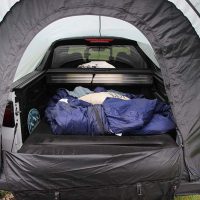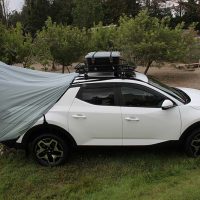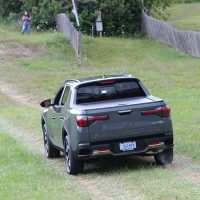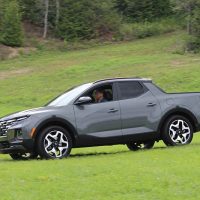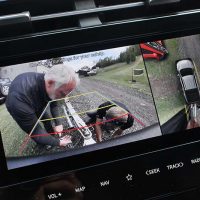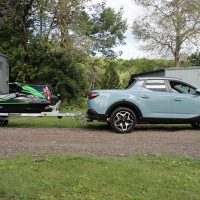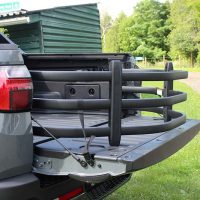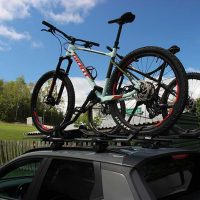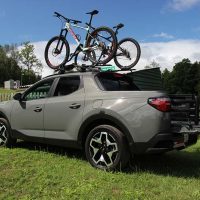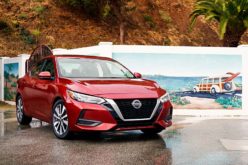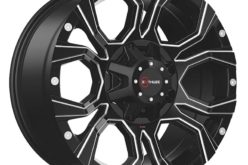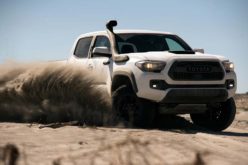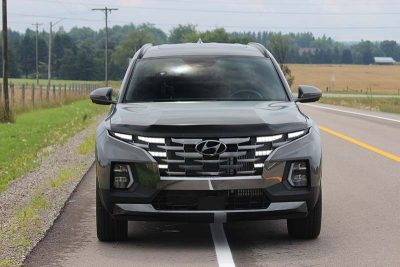
After all, a look at the Santa Cruz shows thus: a four-door cab, high-ish ride height, one of the most unique grilles in the business (unless you include its Santa Fe sibling…or the last-gen Toyota Venza), some sparkly 20-inch wheels and, above all else, a pick-up bed, turning this into one of the coolest-looking new vehicles to enter showrooms. So it’s a pickup then, right?
Well – again, according to the manufacturer – it isn’t. Pickups have a fiercely loyal customer base, and Hyundai isn’t about to fight that stigma. Thing is, it’s not a crossover, either, but a Sport Adventure Vehicle, aimed at young couples. Adventurous types that like to pack kayaks, tow Ski-Doos and load mountain bikes. Or camping gear – Hyundai made that abundantly clear with all the Santa Cruzs they had decked out in all manner of outdoor accessories that can be had through the dealers.
Of course, we all know what said adventurous types tend to drive – crossovers and small SUVs, and it is precisely those vehicle segments that Hyundai expects to draw buyers from. So if not a pickup, a CUV, then?
Well, that’s an option, but Hyundai is staying steadfast by “Sport Adventure Vehicle.” And why not? It’s been awhile since we’ve seen anything like it. It’s not a never before thing – remember the Ford Ranchero? How about the Dodge Rampage? Or Subarus Brat and Baja? But it’s been a while.
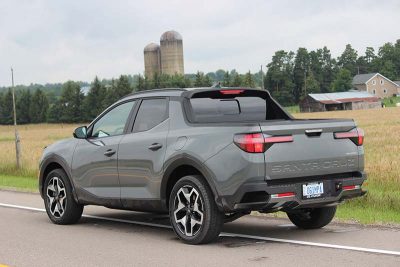
Not the Santa Cruz, though. This is a vehicle that shares a great many bits with the Tucson and Santa Fe crossovers (in terms of exterior dimensions, it sits roughly between the two), so it’s a unibody platform, with the goal in mind to reduce the vibrations and bouncy ride associated with pickups.
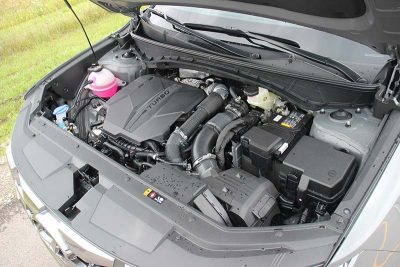
There’s a 115V power outlet and extra storage either side of the bed; there are even accessories that allow you to extend the bed, and each corner of the rear bumper features cutouts big enough to fit a steel-toed boot. The retractable bed cover is also standard, so you can keep things safe in there. No, it’s not as highly-stackable as a CUV’s cargo area would be and you’re always going to have to get out of the Santa Cruz to get at anything back there, but Hyundai has provided everything they can to make the change from CUV to SC as palatable as possible.
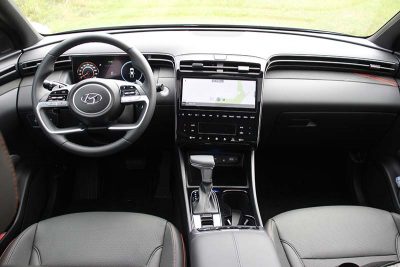
That’s in addition to standard all-wheel-drive, heated steering wheel, bed cover, and 2.5-litre turbo power. Power, meanwhile, that’s rated at 281 horsepower and 311 pound-feet of torque and the ability to tow up to 5,000 pounds; the Sea-Doo you see here is about 2,000 lbs, and the Santa Cruz handled it just fine. Keep it in Normal or Smart drive mode (whereby the Santa Cruz senses how you’re driving and adapts its shifting and throttle response to suit) and you’re good to go.
Space-wise, it’s similar to the Tucson up-front which means good front legroom, a surprising amount of headroom and a high seating position. That high seating position was one of the main goals in developing the Santa Cruz, as that high ride height means a good view out, and that’s important for any CUV driver Hyundai hopes to convert. The digital gauge cluster is a crisp affair, properly bereft of glare even though there’s no actual gauge hood. That also adds to the view out, but the finished product has the display looking a bit as if it’s kind of plugged in to its spot just above the steering wheel.
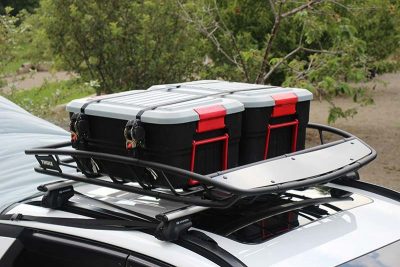
Apple CarPlay and Android Auto are, of course, standard, and there’s wireless charging as well. Or, if you don’t want your playlists or podcasts as the soundtrack of any given journey, then go ahead and make use of the “Sounds of Nature” app and let the calming crashing of waves or rain patter accompany you. That may seem like a frivolous add, but every time I’ve tested vehicles that include the feature, I’ve found myself using it one whole heck of a lot.
It comes as little surprise that the back seat is snugger than what you’ll find in a Tucson, but the headroom is fine and the bottom cushions flip up in a 60/40 split to reveal storage bins below. There is no central armrest back there, though, because behind the seat is the cabin’s rear wall and that’s all you’d see once you dropped the armrest. They could have gussied it up with a layer of carpet back there, but Hyundai seems to think it wasn’t a necessity.
That bears contrast to what’s going on in the rest of the cabin, as much attention has been paid to sound-deadening in the wheel wells and ahead of the front bulkhead. The result, it turns out, is a nicely quiet affair that stood out as a highlight on the highway.
The ride, meanwhile, stood out there and most everywhere else. Broken concrete, level crossings, speed bumps – absorption, absorption, absorption, with the only surface really getting it out of sorts a run of grooved concrete through a section of roadworks. I would jam it over the roughest, broken concrete I could find just to set it off but to no avail. The Santa Cruz’s off-road bent means a slightly higher ride height and the body roll that comes with that, but this is no deal-breaker, by any means.
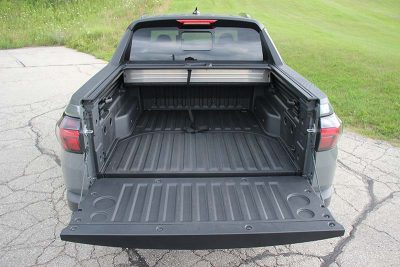
Then, on the way back home, you have all that power to keep you company. Mated to a quick-shifting eight-speed automatic, you have grunt in every gear, from stop, at-speed and so on. There’s a less-powerful naturally-aspirated engine available in other markets that we don’t get, but I’ll tell you what: I can’t say I miss that with a powertrain this good.
Heck, forget the powertrain: “this good” is a phrase that can be used to describe pretty much everything about the Santa Cruz. It looks great, it drives really, really well, it’s capable and that pickup bed is the real deal. Hyundai has come up with a product – somewhat out of left field – that has achieved the goal of really offering a pickup alternative to CUV buyers. It’s a bullseye.





